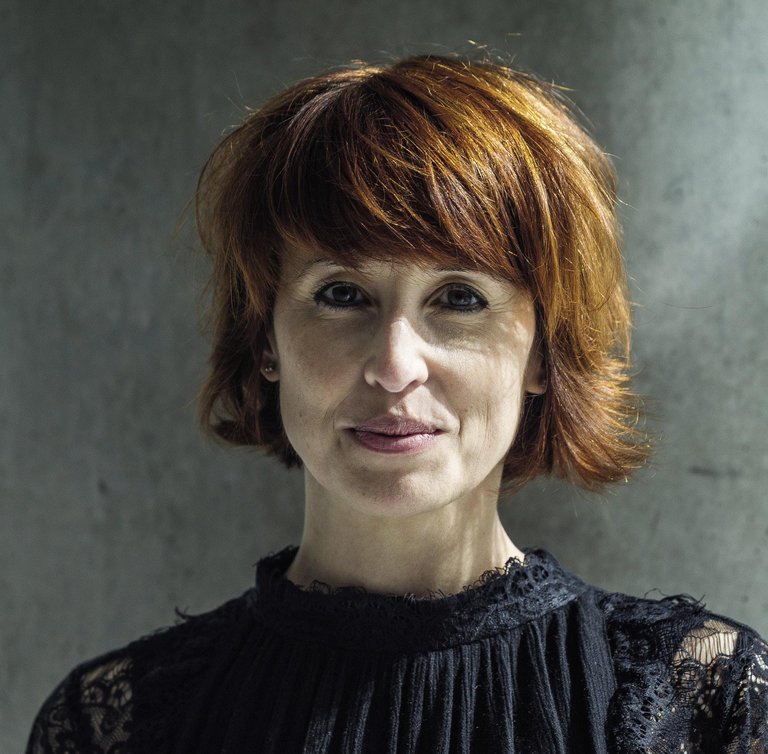“People receiving HIV treatment do not pollute the virus”

The latest data show that in the world there are more than 36 million people living with HIV infection. Every year two million new infections occur and one million people die from causes related to this infection. Therefore, it remains a very serious public health problem.
Today not. We can only control it. The treatment is very effective and the virus has been introduced into the footprint. Yes, you have to take it for life. In addition, patients should follow treatment very strictly, as a single failure when taking medication would allow the virus to begin to replicate and develop resistance to treatments.
Yes, it is a mixture of many medications. Before I had to take many pills, but now there is only one. This pill contains drugs capable of blocking multiple pathways of the virus replication cycle. There are drugs that prevent the virus from entering the cell and prevent duplication of the genetic information of the virus. The majority consists of 3 drugs: on the one hand, two nucleoside analogues that inhibit the reverse transcriptase of the virus and make it impossible for its RNA to become the DNA of our cells; on the other, a third drug that we call “main dish”: an integrase inhibitor so that the virus genome does not integrate into the DNA of our cells, or a precursor inhibitor are proteins. In this way, the virus cannot replicate and the level of virus in blood becomes very small, undetectable. This is what we call undetectable viremia.
In the early 1980s, the only possible treatment was AZTI, and I always say that AZTI tickled the virus. We couldn't control the virus and people died very quickly. Until this combination therapy of several drugs was introduced, replication was not managed. In fact, HIV has a genetic plasticity that has given it a great advantage to escape the immune response and pharmacological pressure.
Yes, of course. We have learned a lot on our way to a deadly, chronic infection. It has put us great difficulties and continues to do so. Treatment patients continue to have a latent virus deposit in the body, whose elimination is one of the main challenges of the scientific community that is currently investigating HIV. This latent deposit is the cause of HIV infection not being cured. But the more we know, the clearer is how difficult it will be to achieve it.
The development of the preventive vaccine is becoming very difficult. The scientific community continues to work to get therapeutic vaccines and help control the infection in some way, but we know it is very difficult. Another major scientific challenge is vaccines, such as the elimination of viral deposits. Hope has not been lost, although we know it will be very difficult.
But the proposed strategy to eradicate the disease does not include the elimination of the vaccine and viral deposit, but focuses on prevention, diagnosis and treatment. The goal is that until 2030 in the world there are only another 200,000 infections and drastically reduce the number of people who do not know they are infected, the number of people without treatment and the number of people who do not yet have undetectable viremia.
Yes, yes. Despite its technical simplicity, at the moment, many people who become infected in Europe are diagnosed late when they have already damaged the immune system or even developed AIDS.
It is curious that in countries where we can easily access antiretroviral treatment, we are making diagnoses too late. It is a pity that countries that really need it do not have access to treatment and that those who need it do not use it in time. It is being diagnosed very late.
The problem is that HIV infection is not identified with all people. As in the homosexual collective and people who took drugs parenterally, we have not yet managed to eliminate this stigma. I think it is one of our limitations for early diagnosis of HIV.
High impact. You may say you have another type of infection, but no one says in your mouth: “Did you know I’ve been infected with HIV?”
Politically we are very direct and we say that “I don’t exclude anyone for having HIV,” but if that really were so, people might say that they are infected. This conditions us in trying to eradicate the disease.
Any sexually active person should take the test when they have had risky practices. Surely I would not have been infected, but if I have been infected, the sooner I know it better: on the one hand, because the late diagnosis worsens the prognosis of the disease and on the other, because as long as you do not know it you can also be spreading the infection.
In addition, and it seems especially important to me that we all know this, people who are currently diagnosed with HIV and receiving treatment have an undetectable level of virus in the blood and do not contaminate the virus. That is very important. Until recently there was little scientific evidence of this, but now there are great research to prove it. Not being able to detect a virus means it is not contagious. Their knowledge can help alleviate stigma and pressure on people living with HIV and, therefore, more quickly detect new cases of infection.
For I believe that precisely in this population group there is a high risk of contamination and that the best strategy must be established to reduce that risk. Pre-exposure prophylaxis has already been shown to be effective in reducing HIV transmission. Therefore, if we want to control this pollution focus, I think it would be a responsibility to use it.
My work excites me. I can look back, because in 16 years things have changed a lot. I did not live in the eighties, a time so hard, but I remember that while doing the doctoral thesis we still had patients who had not controlled viremia. For many years, all possibilities of drug treatment had been infected and exhausted; the viruses were already resistant to all of them. We had nothing to give them.
It has been exciting to see how new, increasingly effective formulations have come and have made patients have undetectable viremia. It has also been important to observe how the harmful effects of medicines have been resolved. Now I realize that it has been a luxury to see all that evolution.
I have been working with HIV for many years and I have always been fascinated by its ability to escape everything. The survival capacity of this extraordinary genetic variability.
Buletina
Bidali zure helbide elektronikoa eta jaso asteroko buletina zure sarrera-ontzian














